It’s 2.30 in the morning and the wind is literally hammering into my bivvy. Luckily it is well pegged down, but it’s still rocking in the gale. In the corner of the big pit where I am fishing there are 3-foot waves crashing into my swim, spraying my bivvy and it’s pouring down with rain. Oh, and I’ve just discovered my gallon of maggots are starting to crawl out the bucket, so it is out with the maggot riddle and on with the kettle. I’m sat here thinking to myself ‘Welcome to big pit 2020’.
Without doubt, my real love in angling is Tench fishing, and it’s mainly on the big pits where all my serious tench fishing is done. I’ve been doing this since the mid-1970s, so I think it’s fair to say I’m addicted to big pit fishing, but most of the ideas and methods in this article will work on any water, of any size.
Last spring was a fantastic time for me. I decided to try and fish some new big pits, and although it was hard work the rewards came in the end. One two-night session was one of my most memorable as I was catching day and night, continually casting the feeders during the day and spombing every few hours over the spots.
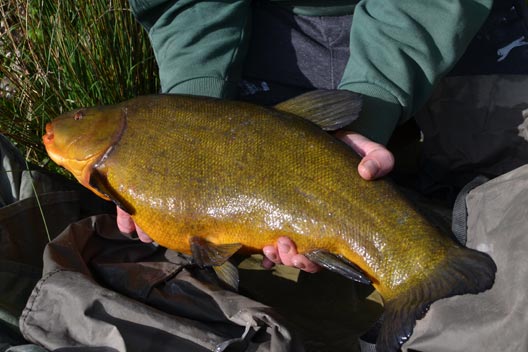
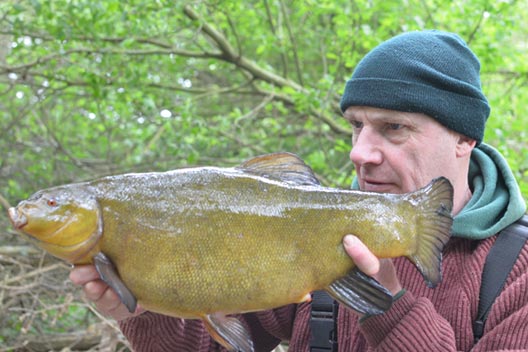
I started early last spring simply so I could adjust to the new venues and I also wanted to spend more time on the bank doing what I love. It’s a real challenge but it’s something I need in my angling. I’ve gone 500 hours in between bites on a certain big water, but that’s all part of it, the pain is real at times.
Where do we start? Location of course, in my book it’s the most important key to catching on big pits or smaller waters. If you haven’t got them in front of you, you are really going to struggle. Big waters can be very daunting, so to start with, a lot of leg work is involved. Walking the chosen venue every night, trying to work the place out and what you need to do on it to be successful.
I really can’t stress the importance of location on big waters. In the past, I have spent hours trying to locate where Tench are on the waters I fish. This is so important, as you could be nearly a mile away from any Tench if you don’t get it right. Picking a swim near the car park or easy access point isn’t going to do you any good. If it involves emptying all your fishing tackle out the car and leaving it somewhere safe so you can spend time to find the fish, then in my opinion it has to be done.
An initial starting point would be wind direction. Without a doubt, the main factor for Tench location on big pits is the wind, and this is even more so on waters with few features. The first thing to start with is to get a compass out or use a phone app to work out which wind is going where. The priority is to work out where the southwesterly wind is going, as this is generally the warmer wind and the one Tench will eventually follow. On some waters where there are islands and banks of high trees, this will cause the wind to split. A southwesterly wind can end up pushing into three different banks and then you must take into account if it’s pushing into any bays, causing natural food such as insect life and hatches, to be pushed down by the wind which could well get caught up on bars and islands.
We all know that Tench like the margins; you can find large islands, which also have very good sheltered margins. This is not always a good thing because if it’s an island at 200 yards out from your bank, you may never see the Tench that feed on the distant margins. I’m convinced that some shoals of Tench can easily spend most of the summer in these far-flung island hide-aways, mopping up the naturals without a care in the world.
I spend a lot of time observing Tench from trees, not unlike Carp spotting. By finding trees that grow over the margins, close to the water level, you will often see the Tench following the margin line. Using observations, I can then usually work out their patrol routes and the areas they like to feed in. If I can get near to the areas where they feed, I put my chest waders on and slip in at the closest access point to where they are (be careful and check the depth first). If it’s weedy I’ll use a hand rake to clear a small patch and use a baiting spoon to put my hook bait in position if it’s under the trees and bushes. After that I prefer to give them time to come back setting up as close as I can get to them: at times this can be two yards from the bank. Thinking back, one of my best Tench ever came using this method, when I carefully set the traps the night before, then at first light the rod was away and a high nine in the net!

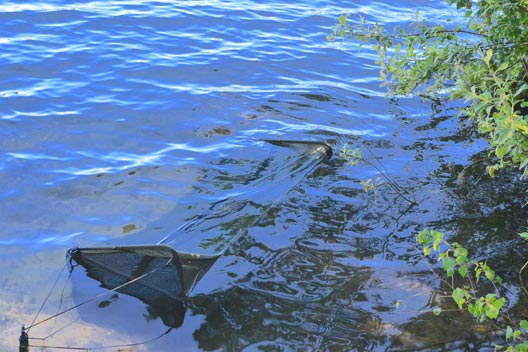
I know some anglers like to split big waters into sections, but in my mind, this is only worth doing if the lake is in distinctly different sections to start with. If somewhere has two or three main bodies, the Tench tend to stay in the same areas at times, and as these areas are still about 50 acres in size it’s not easy. In my experience, you can bait an area and get fish feeding, but as soon as the wind changes the fish will be gone bait or no bait. It is in their instinct to feed with the wind, and this is what they will do as it is how they are used to finding food. I use the strength of the wind as a gauge to give me an idea of how far to go down on the wind to start looking. If there is a light wind, as a rule, they will not go down fully on it, as it gets stronger there’s more chance of them moving further down the lake as more natural food will get pushed down. If the wind is Gail force or close to it there is a very good chance, they will be well down the lake, on the bottom of the wind, but seeking refuge in a Back Bay or bay to the side or behind a point or outcrop of bank. At times this is going to involve looking for hour’s morning and evening, which is the most likely the time that they are going to show.
Having a good understanding of the underwater features is a massive help and a must in my book. In one of the big pits that I fish the Tench will readily roll and show themselves. In another 120-acre water, they seem to be very shy of doing this, but there are other signs like fizzing and tail slapping, which is obviously a massive help. As we all know, Tench like weed and are nearly always found in the vicinity of weed either for food, safety from predators. On some waters where I fish the weed can grow up to nine or ten feet in the water. Tench seem to like areas where the depth changes, i.e. marginal slopes, ledges, steep drop-offs, islands, bars, plateaus and humps and of course these high weed beds and they are all good starting points.
On smaller waters, there are normally swims that hold Tench on most days, but on bigger waters the Tench are more nomadic, even more so in a venue with fewer features. However, when the wind pushes them into an area, there will always be areas where the food collects or where there are blood worm beds they visit when they’re in these areas which they do tend to prefer. At times they can even seem resident there, at least until the wind changes. It is finding these spots which is important. and using three rods is a great help. Once natural hot spots are found it is amazing how much angling pressure these Tench can take and you just have to sit and pray the weather forecast is wrong if they predict a wind change! The Tench are quick to move off a wind but seem to be slower moving on it; they seem to arrive in small groups to get to an area on a consistent wind and on the second and then the third day of a wind more Tench will drift into the area.
Margin fishing. As I said earlier, if I can find them in the margins, it’s where I like them. For all my margin fishing and up to 30 yards range I use 1.5 TC through action rods small bait runner reels filled with a quality 10lb/0.30mm line, like HydroTuff. At any distance over three-rod lengths I always use distance sticks, so I’m always clipped up and bang on the spots every time.
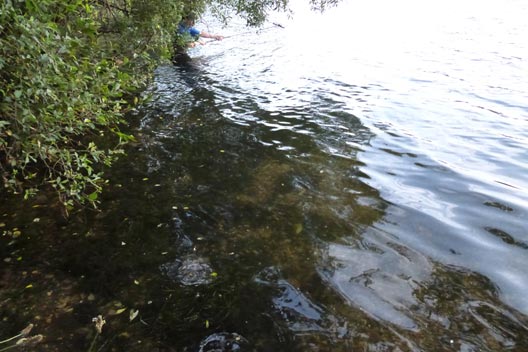

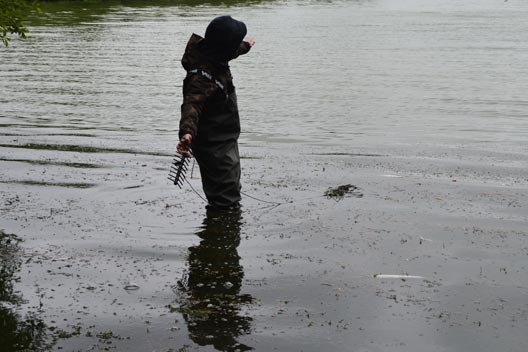
There’s a significant advantage of fishing at a short distance, as this means that I am able to rake the swim just enough to fit the number of rods I’m planning to use. If I’m at really close range, I use a hand rake and baiting spoon to get the bait in position, as I mentioned earlier, on all my rods I use the removable Tungsten Flying Back Leads to keep the line down, unless there’s swan mussels and other obstacles that can damage the line or effect the line lay.
If I am fishing at mid-Range, say 30 yards plus, most of my fishing is done with 2lb TC rods, which are a little bit stiffer than my lighter rods. These are coupled with slightly bigger reels filled with 12lb / 0.35mm HydroTuff. You can’t rake the weed at this range, so I spend the time needed to make sure I’m fishing clear spots, or if there isn’t any, then I feel for the lighter weeded spots and fish baits popped up over the top. If I’m working feeders, then I’m casting them as often is required to keep the maggots going in, drawing the fish down to my hook baits. I’ll cast every 20mins to an hour, and it pays to remember an empty feeder is a dead feeder, so as soon as it empties recast it. If you want to slow down the maggots leaving the feeders then tape up some of the holes to lengthen the release time. If you are fishing helicopter rigs, then tape up the lower holes, so the maggots escape upwards and vice versa if you are using inline feeders. I use all types of feeder’s, maggot feeders and open-end feeders, either inline or with swivels on the end for Heli rigs.
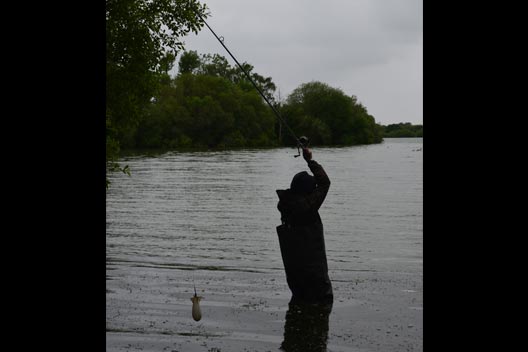
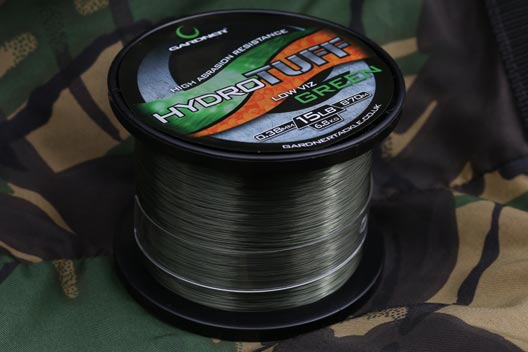
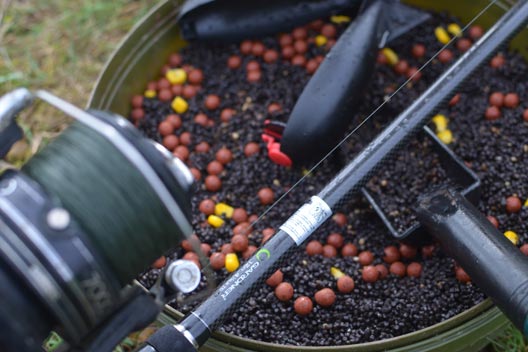
For long distance tenching, that I consider to be 60 – 100yards, I use 2.5 TC through action rods with big pit reels loaded with 0.35mm HydroTuff. It’s not something I like doing, but if the fish are showing at range in holes in the weed, I want to be able to get to them. Using these higher test curve rods in an incoming wind I can usually cast to the spot first time, not thrashing the water to foam trying to hit the spot with lesser rods. I usually fish a lead clip system at range, with a GT PVA Micro Mesh PVA bag loaded with casters, maggots, or pellet when fishing with corn. I’m casting out for up to 12 hours at a time and spombing over the top every so often to keep the bait going in.(8.3-2)
On some waters, in the past, I have just fished the days returning each morning and going home at night, but these days I much prefer to be bivvied up three or four days at a time. Getting up at 4AM every morning, looking for fish and getting the feeders working. I will keep this up until dark! It’s hard work, but it will definitely pay you the dividends. On every single cast I make absolutely sure that my line is clipped up and I’m hitting the spot, and if I’m catching fish then I will also be spombing every so often to keep the bait topped up, especially If I’ve got a rubber caster rig out and not using a feeder, I will spomb over the top. For all my baiting up and marking I now use a Gardner 4 1/2lb test curve Application rod which has proven to be a really good tool.
It’s worth remembering that if you are struggling to keep control in the weed with feeders, using a lead-clip system will make landing fish a lot easier and will help to avoid any damage to the fish.
For years I have used Parti-Mix with pellets, maggots and casters as my main feed, however something that I have done recently I’ve been using a lot less bait, and it’s been working for me. To start the session, I will put a cup of Bait-Tech Super Hemp over each spot followed by one to two pints of micro pellet, which has been presoaked in Bait-Tech Krill & Tuna Oil for about a week or longer. Then maybe a handful of maggots, plus a hand full of casters, then topping it up with feeders as I go. If fish are feeding and showing in my swim and I feel the feed is being cleared. I will spomb out a very wet mix of Bait-Tech Special G Green and Bait-Tech method mix. Remember, keep them sloppy with lots of maggots and a dose of Krill & Tuna oil. This will create a cloud and usually brings the fish down onto my hook baits as I spomb it out. Using this pellet oil method also gives a massive advantage, because as soon as a fish moves over the oily pellets a slick will rise to the surface and its clear there are fish in the area and I can react to this by recasting feeders or spombing over the top of my hook baits to get a response. For this reason, I will keep an eye on my area constantly.
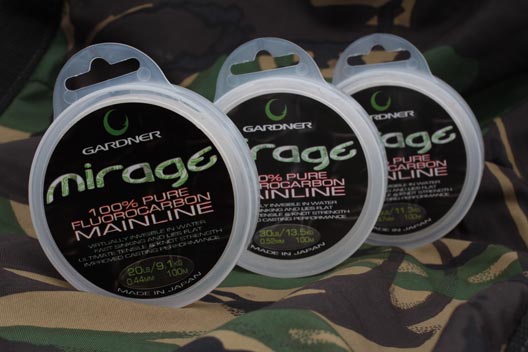
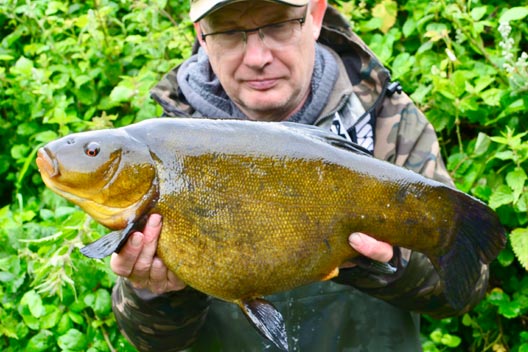
All my rigs are kept very basic and effective. With inline feeders or heli-rigs I use 4 inches of 15lb Ultra Skin, choosing either green or brown depending upon the bottom. These are tied with the skin stripped back half an inch to allow the hook to react unimpeded. I increase the hooklink length to 6 inches for lead clips, again using the same coated braid with half an inch stripped back by the hook. When I’m fishing a short popped up rig, I use 10lb Mirage fluorocarbon hooklinks using a piece of red Zig-Rig Foam with live maggots.
Talking of hook baits, most of my hook baits are various combinations of plastic baits on the hair with live maggots on the hook. My favourite combinations are:
• Two or three rubber casters, with a small mesh bag of real casters attached.
• Rubber maggots; normally three rubber maggots on the hair and two live maggots on the hook.
• Rubber corn is often my nighttime rig, a single plastic corn balanced by the hook sat upright.
• Popped up maggots straight of the feeder. Consisting of a small piece of Red Zig-Rig Foam cut to the shape of a maggot on the hair then I’m using a size 12 hook three live maggots on the hook.
Finally, the hooks, and having tested the Gardner Target Specimen hooks in sizes 10 through to 14 whilst Barbel fishing last winter I’m am 100% confident in using them for all my Tench fishing now, as I they have proven to be absolutely reliable and offer excellent hook holds.
On most sessions conditions change, so I like to be ready for anything by making sure I have spare clothing, spare batteries, tackle, i.e. line etc., water and food in the car for back up as the spring weather conditions can change at any time.
Over the years as I change venues, it’s amazing how the Tench change their habits from water to water. On one water I used to fish the Tench could be rolling in your swim for days with no indication of them feeding, then suddenly the rolling stops and all hell breaks loose. Feeding times can also change from venue to venue, so I keep a log of every fish I catch and the time and bait.
In the next part of this article, I have decided to log my last two Tench sessions, with the first one being four nights and the second three nights spent on a big pit. Whether I catch or not I was going to log everything, including the highs and lows of a long session. Recording how I go about things from the beginning to the end. On the ultra-hard waters that I have fished over the last few years I have been averaging about ten Tench a season! To be continued…
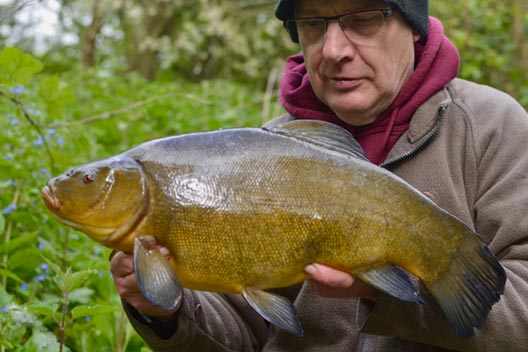


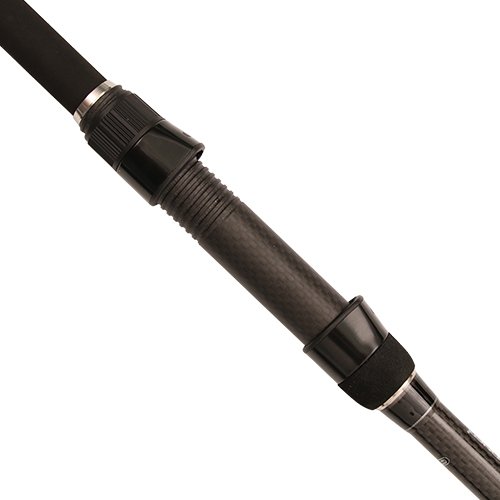
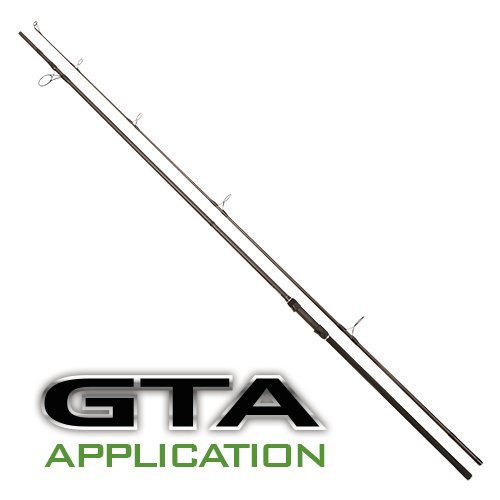
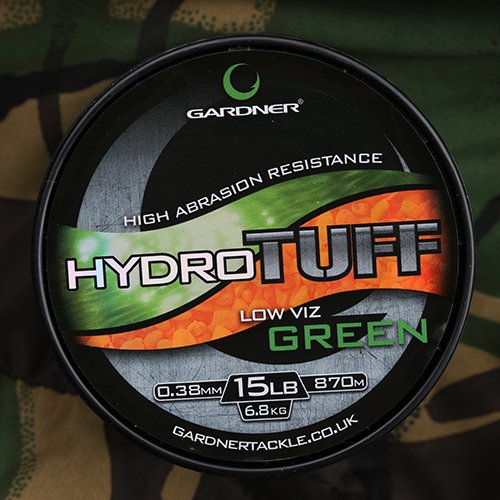
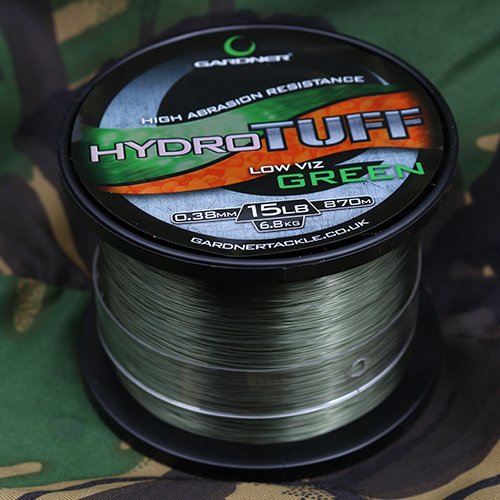
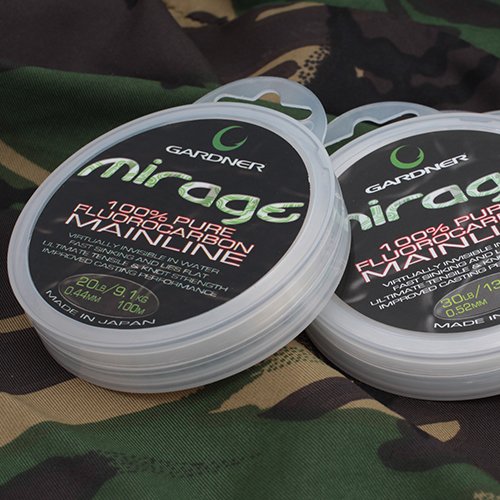
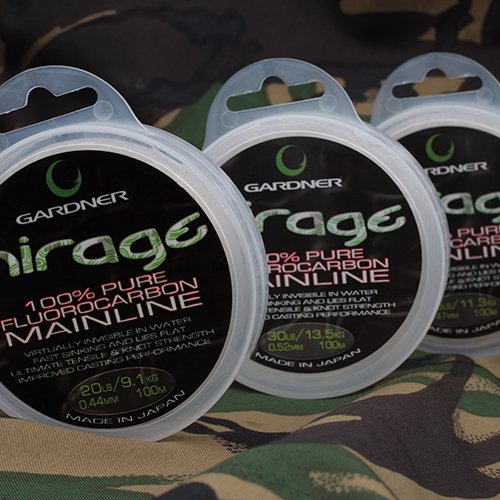
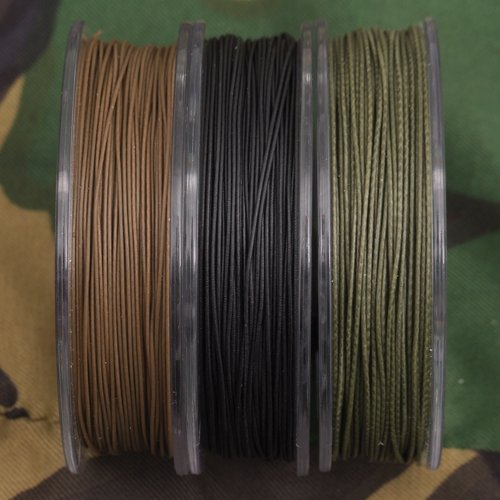


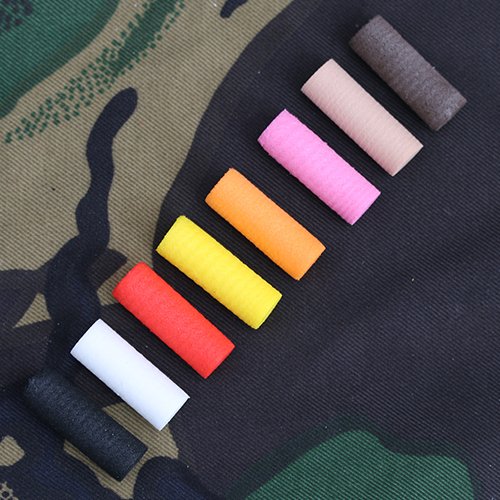
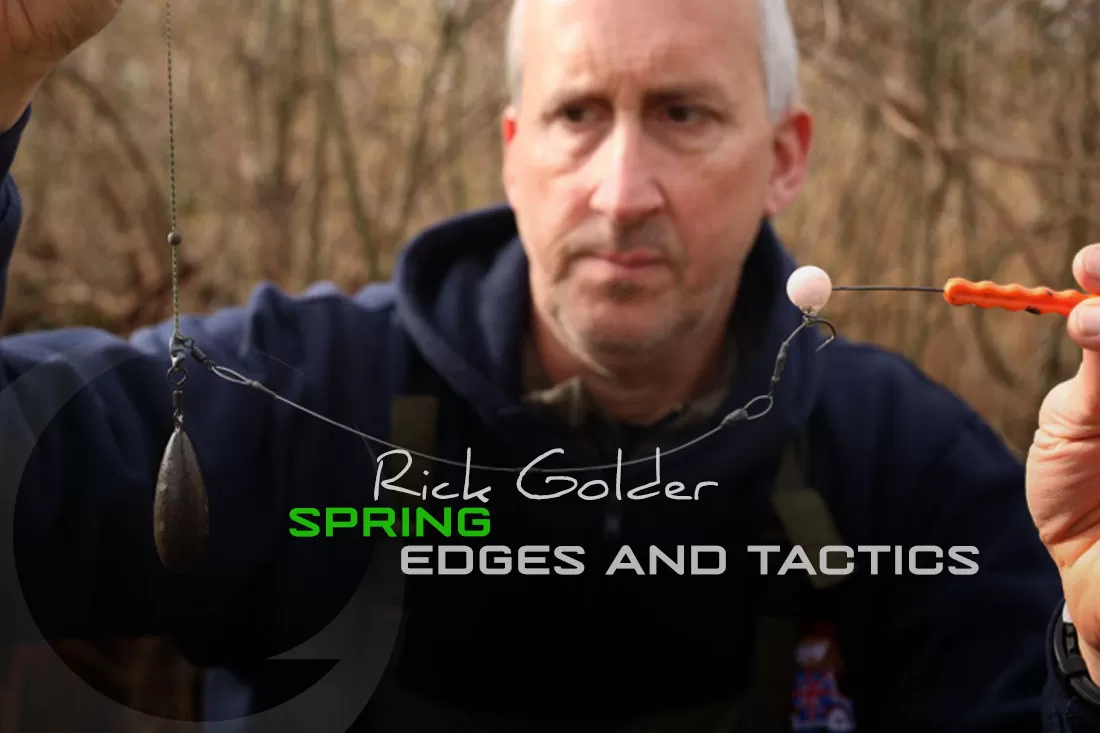
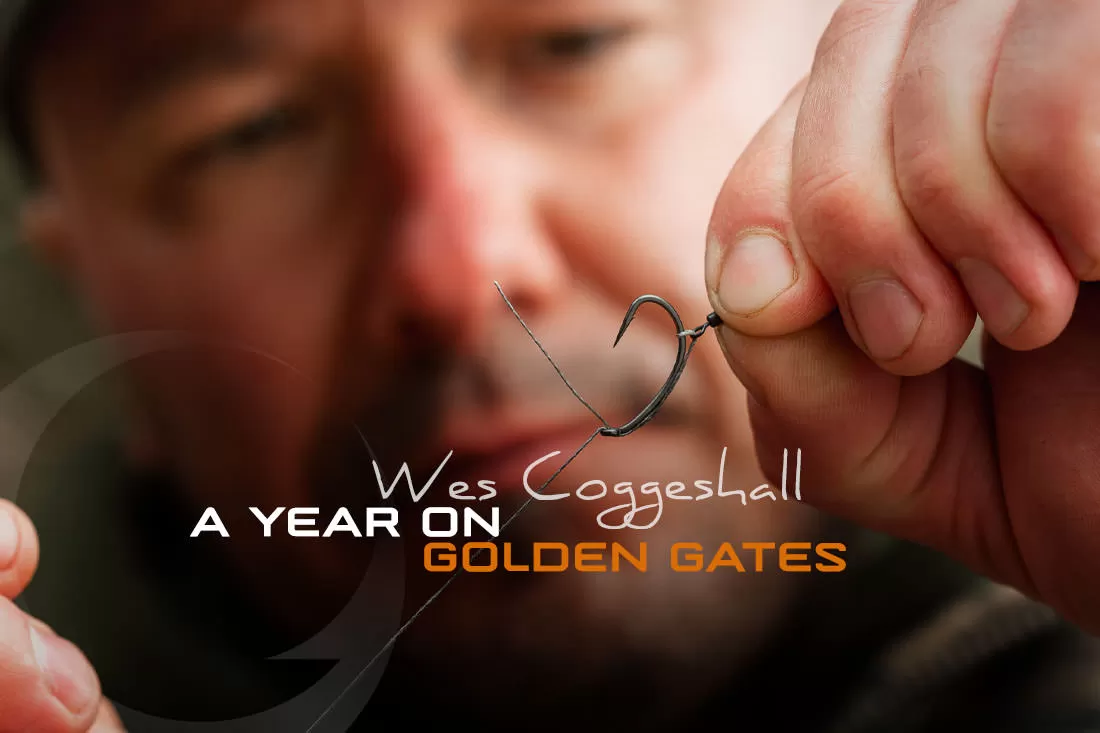
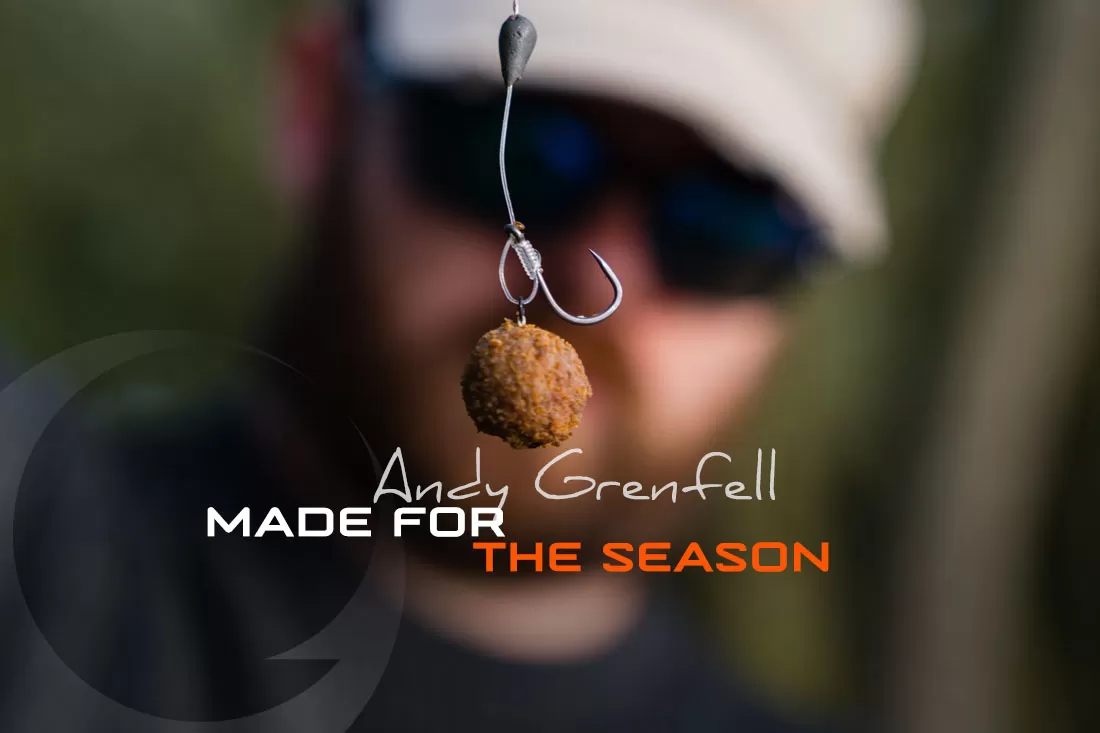
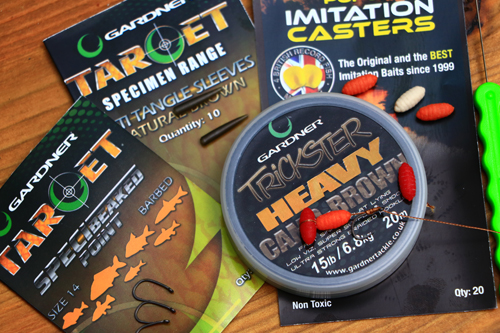
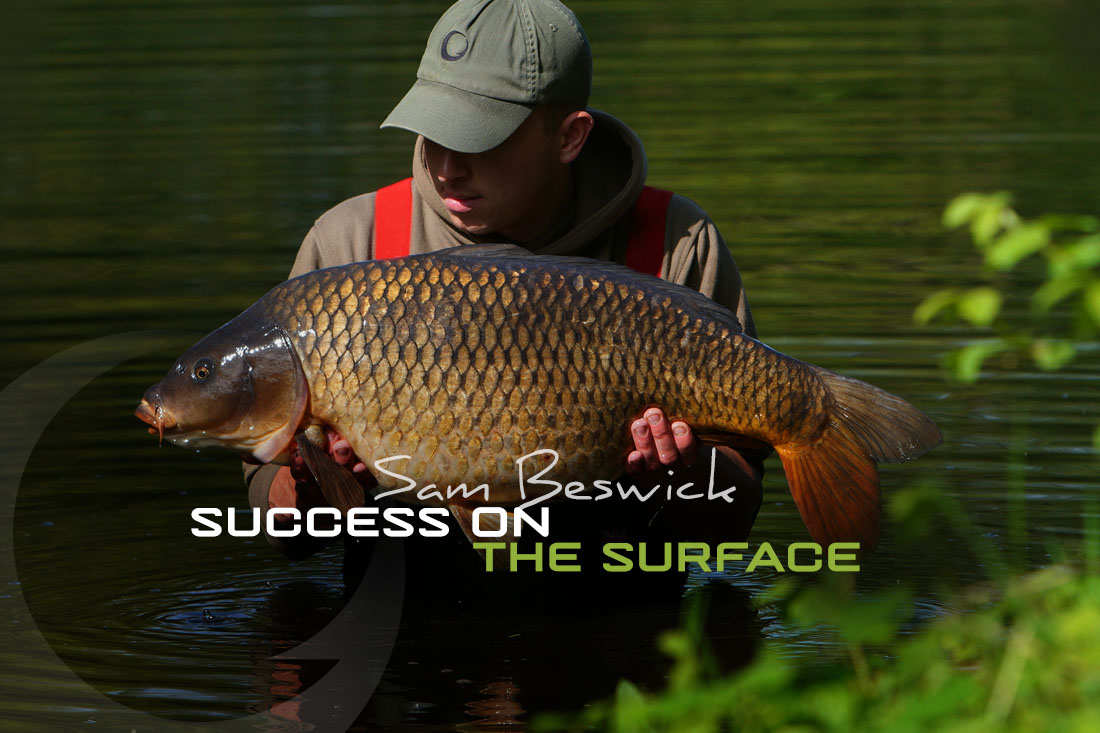
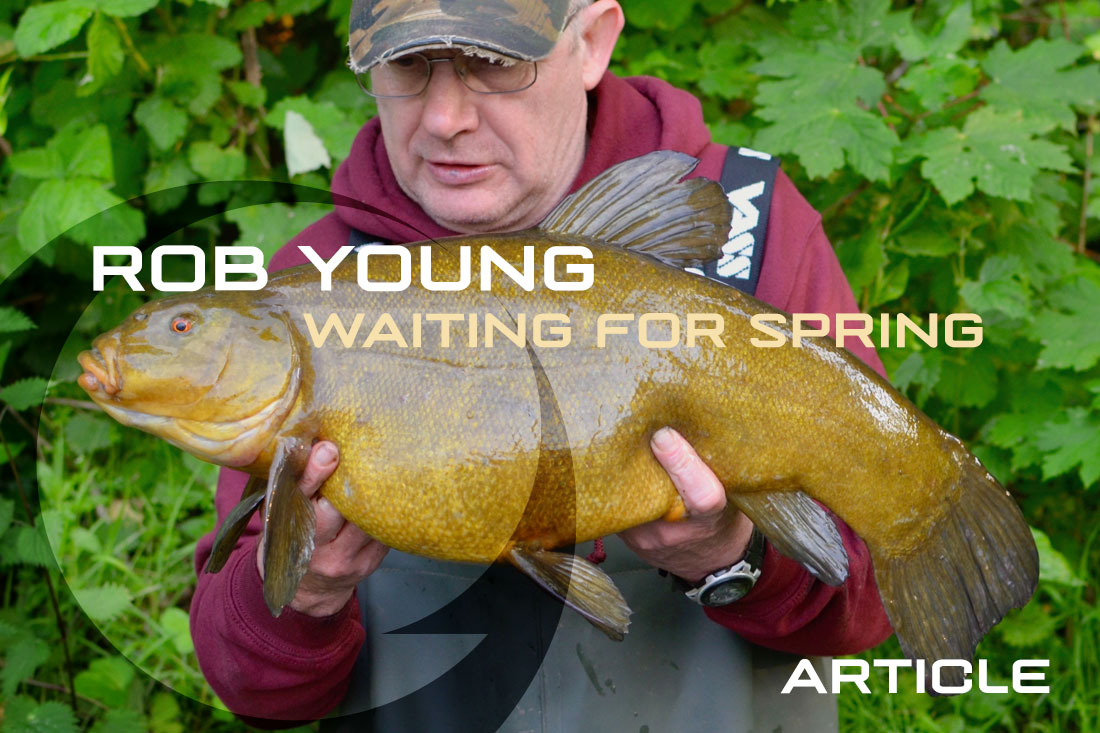
Hi Rob interesting article,but perhaps you could explain about water depth and tench feeding us as you know tench are a lot easier to catch in warm condition closevinnwith weed in the margins,but when there’s not a nice warm wind this is when location becomes difficult tench are further from the bank perhaps on the back of the wind
Have you experienced of catching at range in less favourable conditions .
And what sort of range depth have you caught them at.
As you are aware low stocked waters hold big fish of any species it location becomes more crucial
I’ve just started tench fishing after mainly focusing on carp but I now have 32rods for carp and one for tench
The water I fish no maggots allowed but what’s your take on boilies best flavours etc
Looking forward to your next article
I’ve caught tench to 7lb but would love a double tight lines
Hi Rob,
A really interesting article with lots of details. I am drawn to big waters so your approach is very relevant to me. I have had some very pleasing successes but feel that I just scratched the surface. Thanks for sharing!